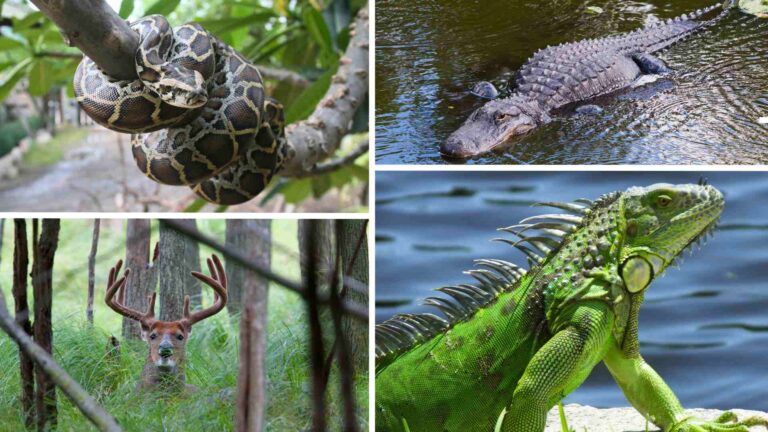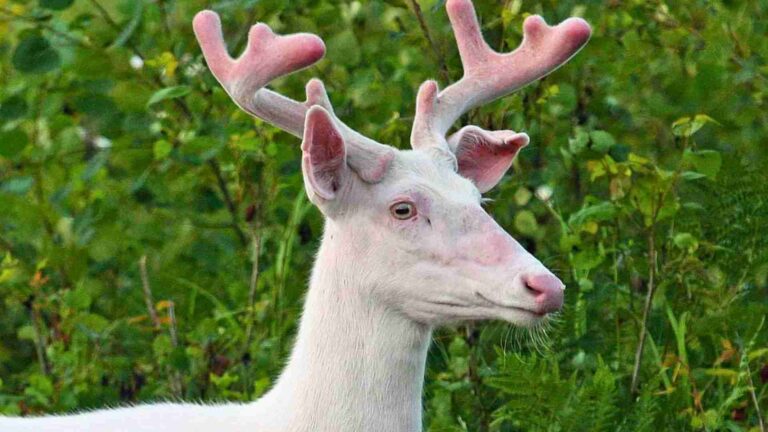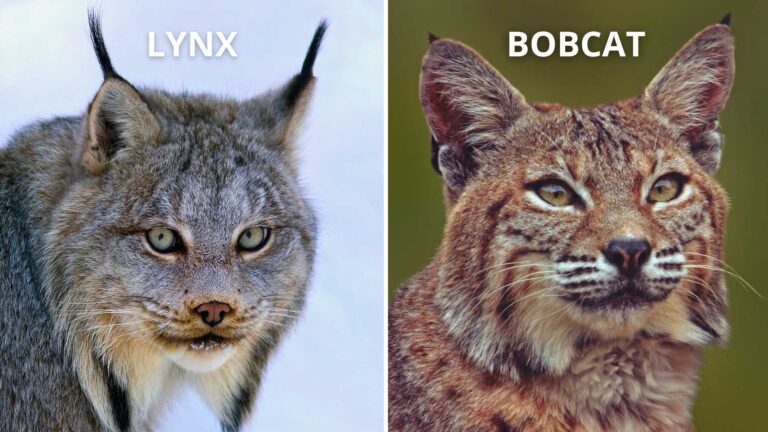Deer Vision: What Do Deer See?
Deer are fascinating creatures with remarkable sensory abilities, including their vision.
Understanding how deer perceive the world around them is essential for hunters, wildlife enthusiasts, and anyone interested in these majestic animals.
In this article, we will delve into the details of deer vision, exploring how their eyes function, what they see, and how their visual capabilities influence their behavior in the wild.
What Does Deer Vision Look Like?
Deer Eyes and Anatomy
Deer, like many other animals, possess unique and fascinating visual adaptations that aid them in their natural habitat. Their large, expressive eyes are situated on the sides of their head, providing them with an excellent field of view.
This configuration allows deer to have almost 310-degree panoramic vision, enabling them to detect potential predators from various angles without turning their heads.
Additionally, deer eyes have evolved to be highly sensitive to movement and are adept at detecting even the slightest motion.
The structure of their retinas includes a high concentration of rod cells, which excel in low-light conditions, enabling them to be more active during dawn and dusk when they are most vulnerable.
Moreover, deer have a reflective tissue called the tapetum lucidum, enhancing their night vision by bouncing light back through the retina and improving the overall light-gathering capacity.
These remarkable visual adaptations make deer highly alert and aware of their surroundings, crucial for their survival in the wild.
Range of Color Perception
While humans have trichromatic vision (perceiving three primary colors), deer have dichromatic vision, meaning they perceive two primary colors – blue and green. The absence of a third primary color receptor, namely red, limits their ability to differentiate between shades of red and orange.
However, their sensitivity to blue and ultraviolet light enables them to spot subtle color variations in foliage, aiding in their foraging activities.
Visual Acuity and Depth Perception
Although deer possess exceptional peripheral vision, their visual acuity and depth perception are relatively lower compared to humans. Their eyes are designed for detecting motion and distinguishing general shapes rather than fine details.
However, their large eyes and positioning on the sides of their heads allow for excellent depth perception over a broad area, enabling them to gauge distances accurately and detect potential threats or food sources.
Low-Light Vision and Adaptations
Deer are crepuscular animals, meaning they are most active during twilight periods—dawn and dusk. To facilitate their low-light vision, deer possess a higher concentration of rod cells in their eyes, which are specialized for dim-light conditions.
Their large pupils can also dilate to allow more light into their eyes, enhancing their ability to navigate in low-light environments.
Or, in other words: deer vision = night vision (almost).
Field of View and Detection Skills
Deer have a wide field of view, with their eyes positioned on the sides of their head. While this grants them an advantage in detecting predators or threats from different directions, it also comes with a trade-off in binocular vision.
Their binocular vision range is narrower than that of humans, limiting their ability to focus on a single point. However, this adaptation allows them to monitor a more extensive area, helping them remain vigilant in open landscapes.
Visual Cues and Behavior
Understanding deer vision provides valuable insights into their behavior. Their ability to detect motion and perceive shapes allows them to spot potential predators or humans at a distance.
They rely heavily on their vision to detect threats, making sudden movements or unnatural silhouettes more likely to alert and startle them.
By blending into the surroundings, remaining motionless, and using natural cover, hunters and wildlife observers can increase their chances of going unnoticed.
Conclusion
Deer vision offers a unique perspective on how these majestic creatures perceive their environment. Their dichromatic color vision, excellent peripheral vision, and adaptations for low-light conditions make them well-suited to their natural habitats.
So, next time you’re out in the woods at night, keep in mind, that there is a possibility you are being watched!
FAQ
Do deer have depth perception?
Unlike humans and predators, deer have eyes that are not closely spaced, lowering their depth perception. Because of this, deer may struggle to accurately gauge distance.
How well do deer see at night?
Deer have excellent night vision, thanks to a high concentration of rod cells in their eyes. Rod cells are sensitive to low light conditions, enabling deer to navigate and feed effectively during dawn and dusk, as well as in the dark of night. For example, a whitetail deer can see 50 times better at night than humans!
Can deer see well at close range?
Deer have a limited ability to focus on objects at close range. They often rely on their sense of smell and acute hearing in close encounters.
Why do deer sometimes freeze when approached?
Deer may freeze as a response to potential threats. Their natural instinct is to stay still, relying on their camouflage and the hope that the perceived threat will pass without noticing them.
Image source: North American Whitetail







